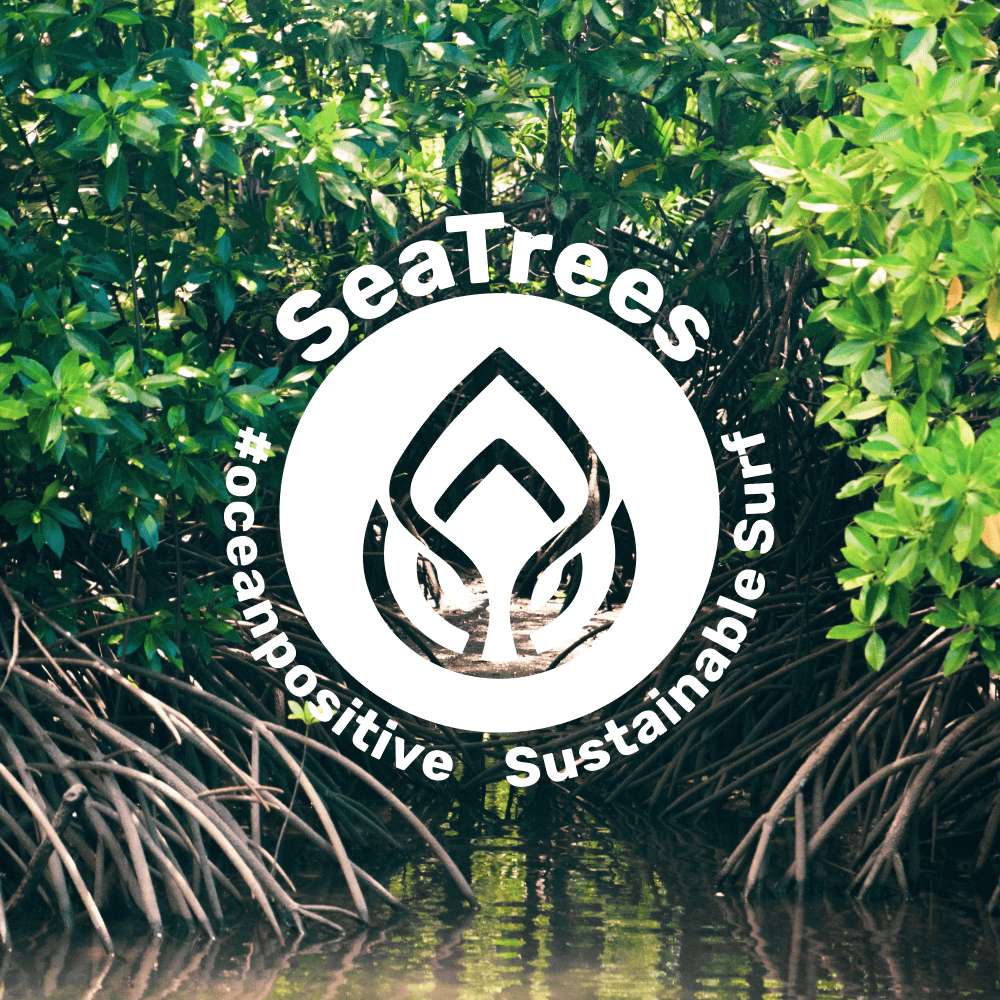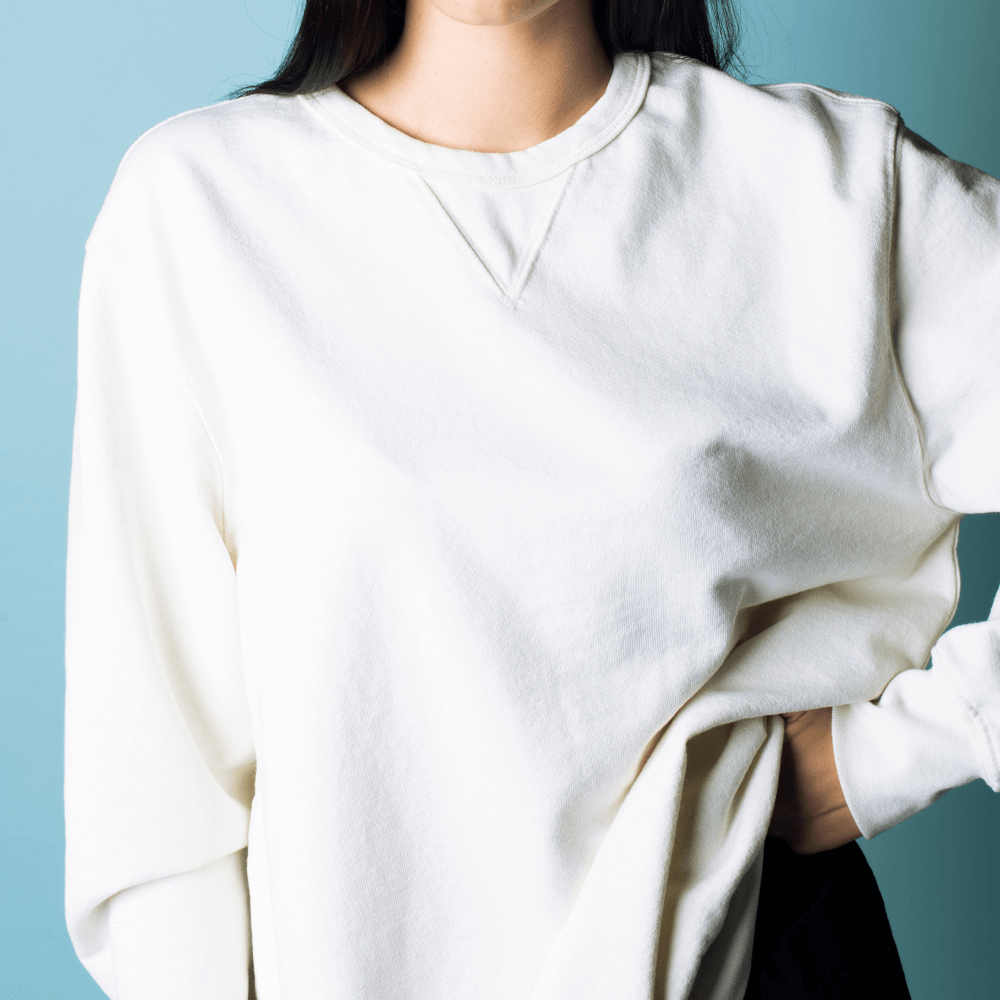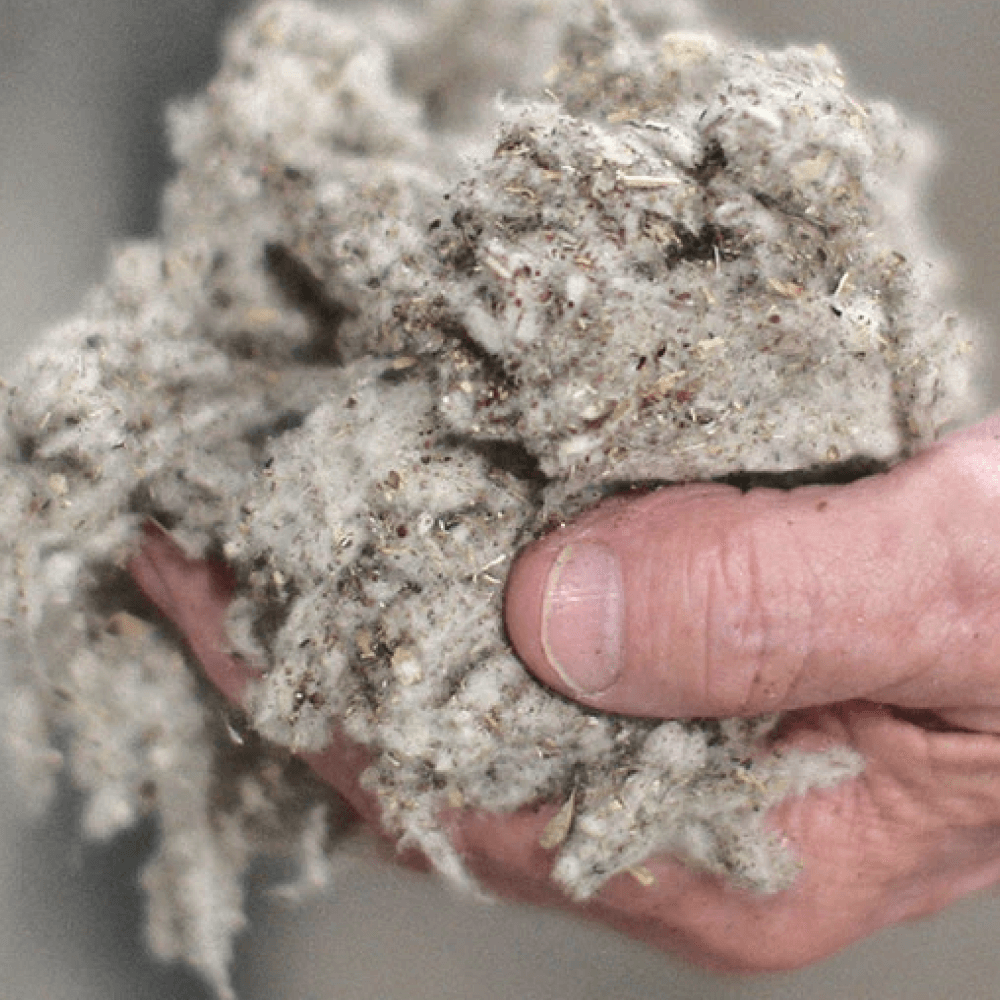sustainable garment journey
ALIMO’S SUSTAINABILITY JOURNEY
Every day I’m inspired by nature and what I love the most: our oceans and our mountains. My commitment to protect the planet has always been at my core and I have always strived to be a sustainable friend to our Earth so we can preserve our passions. This passion has created a community of like-minded people that want to make a change and preserve what we have.
In the beginning, like every independent artist, it was important to get my work out there. As a painter, I accidently found myself in the very dirty industry of fashion when I started to put my paintings onto sweatshirts and goods. As I took baby steps into this approach, Alimo started to grow and became real. Now that I’m fully in the fashion industry, I recognize that responsible fashion is the future. While it’s nearly impossible to be 100% sustainable, I’m doing everything I can with my supply chain to help clean up the fashion industry’s mess. I want to make goods for a better future.
LEAVING A LIGHTER FOOTPRINT
A big issue in our society has this mentality that everything is disposable. Not only single-use plastic but goods in general. I believe less is more, and cherishing what you own has a purpose. To instill this, quality and attention to detail grants a long life with you and others. Without that, how can you pass cherished goods down to family members to enjoy for round 2 or 5?
CARBON FOOTPRINT - REGIONAL PRODUCTION
Sourcing local manufacturing allows us to keep our footprint low while reducing waste. All steps of our manufacturing process from knitting, dying, cutting, sewing, and printing are done within 50 miles in the state of California and then is shipped 370 miles from Los Angeles to Oakland where our logistics warehouse is. In a traditional manufacturing model, a sweatshirt would easily travel over 16,000 miles from start to finish. Not to mention that by keeping our manufacturing local we’re able to create clean and safe work environments for garment workers. It’s created a cultural landscape that rules and puts people first.
TIMELESS DESIGN + HIGH QUALITY = LESS LANDFILL
Unfortunately, the world of fast fashion produces cheap items that don’t last. You wear something a few times and then you throw it away, leading to waste in the landfill. Longevity of the life of a garment is key to sustainability. Longevity is created through a timeless design along with quality. Quality is created by taking the right steps when producing these goods which includes the whole supply chain and understanding the raw materials, production process, and deep diving into how suppliers do what they do. Keeping production in a centralized location helps give us confidence in our clothes and the ability for them to last.
OUR PARTNERS - SEATREES
Until I could land high-quality eco-friendly materials and manufacture sustainability, we partnered with our friends at SeaTrees to replace some of the resources spent. SeaTrees works directly with high-quality reforestation and forest protection projects around the world. Each of these projects sequester carbon, while also providing significant social and ecosystem benefits. The project we specifically partner with is planting mangroves in Biak Island, Indonesia. For every sweatshirt, print, or tee purchased, Alimo plants one tree. This provides sustainable employment for two villages on the island. It helps to protect Biak Island from storm-surges and sea-level rise, creates critical habitat for threatened species, and sequesters carbon in one of the most efficient ways possible. In fact, mangrove forests are 5x more effective at storing carbon than tropical forests. To date, we’ve planted just under 2,000 trees, which is so rad. I’m stoked to continue partnering with them.
1 sweatshirt, print, or tee purchased = 1 mangrove tree planted = 1 ton of CO2 stored
THE WHOLE PACKAGE
Our sustainability efforts go beyond the clothes and goods themselves. We’ve chosen to use hemp hang tags instead of plastic hang tags, remove packing slips in each shipment, and use compostable packing that will disintegrate within—at most—180 days under compost conditions. Eliminating any single-use plastic in production for our garments. We even went so far as to find a logistics company that understood our values and could help source the right packaging from the right businesses, from both a political and environmental standpoint. For anyone familiar with the fashion industry, this was a huge challenge behind the scenes and it’s a big win.
CARBON FOOTPRINT - REGIONAL PRODUCTION
Sourcing local manufacturing allows us to keep our footprint low while reducing waste. All steps of our manufacturing process from knitting, dying, cutting, sewing, and printing are done within 50 miles in the state of California and then is shipped 370 miles from Los Angeles to Oakland where our logistics warehouse is. In a traditional manufacturing model, a sweatshirt would easily travel over 16,000 miles from start to finish. Not to mention that by keeping our manufacturing local we’re able to create clean and safe work environments for garment workers. It’s created a cultural landscape that rules and puts people first.
TIMELESS DESIGN + HIGH QUALITY = LESS LANDFILL
Unfortunately, the world of fast fashion produces cheap items that don’t last. You wear something a few times and then you throw it away, leading to waste in the landfill. Longevity of the life of a garment is key to sustainability. Longevity is created through a timeless design along with quality. Quality is created by taking the right steps when producing these goods which includes the whole supply chain and understanding the raw materials, production process, and deep diving into how suppliers do what they do. Keeping production in a centralized location helps give us confidence in our clothes and the ability for them to last.
THE RIGHT THING VS. THE CHEAPEST THING
Seeing the true cost of fashion can help you make empowered choices. Some of my price tags might go up, but enables things like the switch from single-use plastic packaging to compostable packaging that will disintegrate within—at most—180 days under compost conditions, and printing with high quality inks. It also helps pay fair wages to garment workers and it helps Alimo create higher-quality products that will last a long time.



